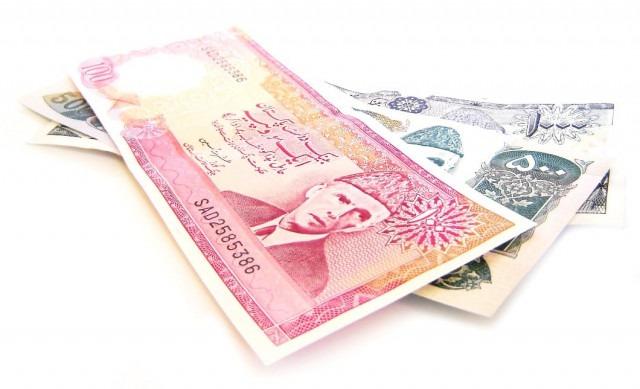Currency review: Not a nice year for rupee so far
Currency falls to new low more than 10 times in two months.

The volatility has been induced by uncertainty about the future of the International Monetary Fund (IMF) programme and impact of floods on export outlook, according to a research note of Topline Securities.
Only last week, the rupee lost 0.3% of value against the US dollar and touched an all-time low of Rs87.93, with import payments cited as the reason for the weakness.
The rupee is estimated to depreciate by 4% to 5% and reach Rs90, with forex reserves declining to $15 billion by June 2012. This is in line with the preceding 10 financial years’ average depreciation of 4.1%, while far better than last four years’ average depreciation of 10.1%.
The currency is coming from a relatively strong performance in financial year 2011, which was supported by a positive current account balance of $437 million that led to a balance of payments surplus of $2.5 billion.
Positive and negative impact on sectors
With the US dollar dominating product pricing, the exploration and production sector is expected to benefit from the prevailing phenomenon, says the note. Similarly, independent power producers will book more gains as their return is indexed to the rupee-dollar parity. The textile sector will benefit from the falling rupee as it will yield better returns in absolute terms, benefiting export-oriented companies, adds the note.
After continuous rise in Japanese yen, the depreciation of the rupee will further swell import bill for automobile assemblers as the partial import cost is in dollar. This will reduce the profit margin of the sector, adds the note.
The depreciation will have no major impact on the fertiliser sector as urea, a type of fertiliser, is already being sold at a 50% discount to international prices. However, for di-ammonia phosphate (DAP) producers, the falling rupee may be slightly positive given the fact that the higher cost on imported phosphoric acid will be more than compensated by the gain on DAP prices, adds the note.
Published in The Express Tribune, September 22nd, 2011.



















COMMENTS
Comments are moderated and generally will be posted if they are on-topic and not abusive.
For more information, please see our Comments FAQ